While there are many types of flooring materials available on the market, from ceramic tiles to solid wood, their usability within a room depends on more than just looks. We simplify your search with the most efficient flooring recommendations for each part of your home.
Communal area: porcelain tiles and marble
Porcelain tiles are great for communal areas that experience high human traffic because of their inherent hardiness and low-maintenance properties. These tiles are a highly-flexible flooring option as they are able to emulate the look and feel of other materials, such as wood, natural stone and even concrete.
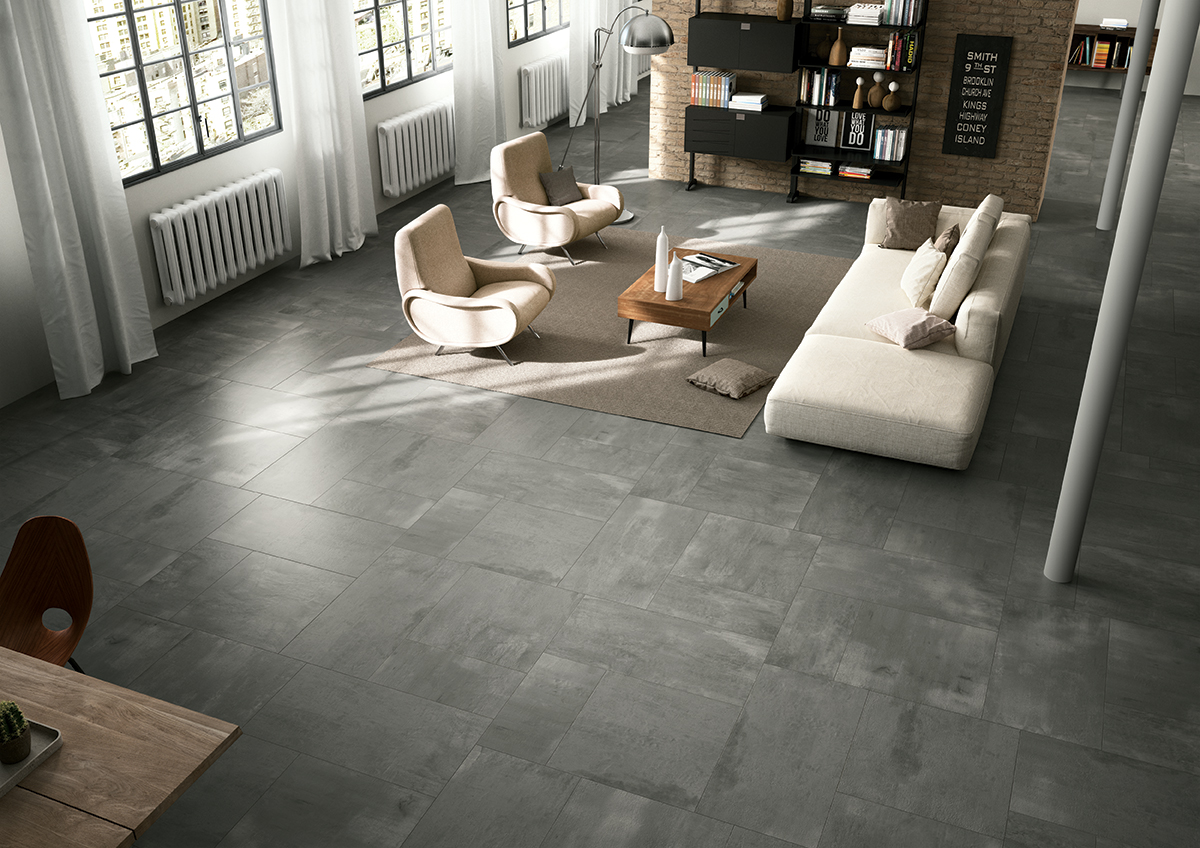
Image credit: Hup Kiong
Another material is marble, as it allows you to make an elegant statement. Luxurious and stylish, this natural stone possesses unparalleled appeal that is conveyed through its distinctive veins, smooth layers and myriad of colours. While marble is known for its hardness – a quality that makes for a fairly durable base – it is susceptible to staining, so be sure to apply a protective sealer!
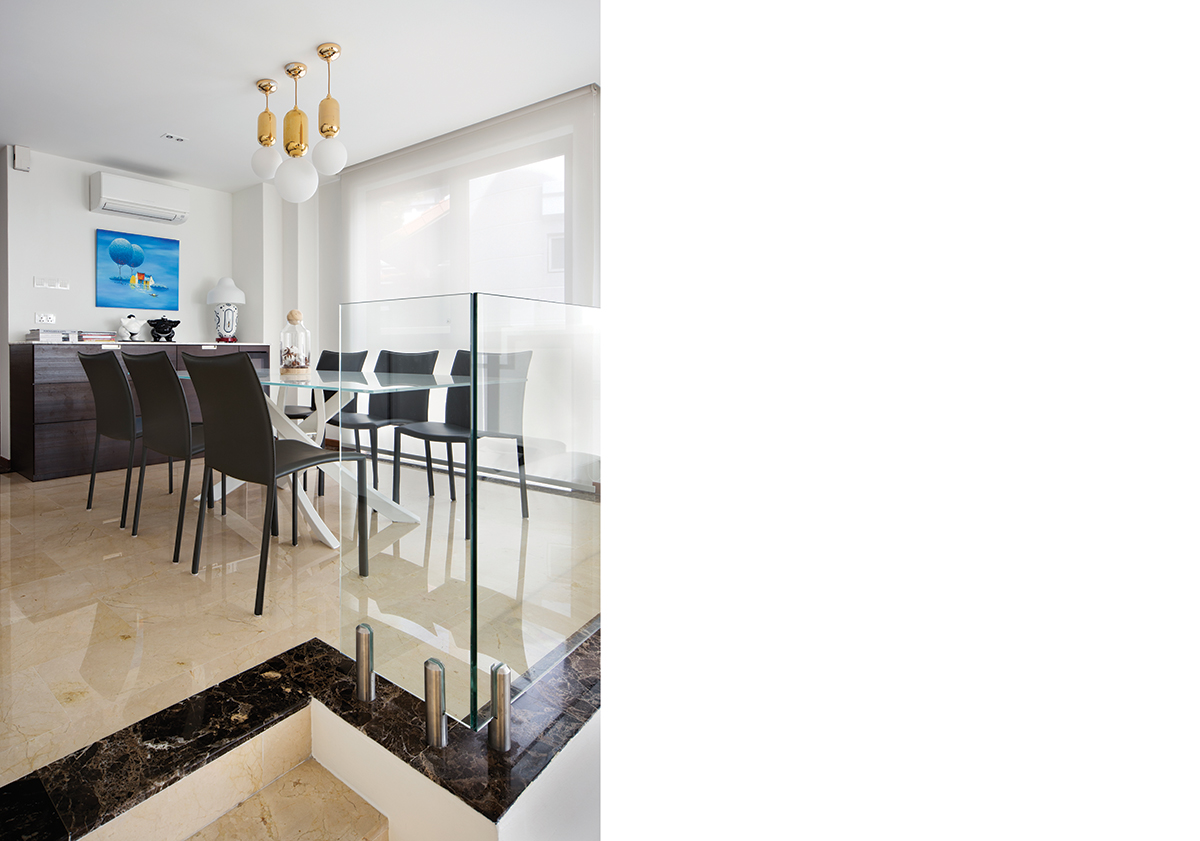
Image credit: Mong Design
Bedroom: solid hardwood and concrete screed
Whether they are used as wall coverings or in furniture frames, woodgrains inject warmth into any surrounding with their neutral shades and textures. For this reason, solid hardwood is a suitable flooring choice for snug boudoirs. Moreover, going au naturel brings the advantage of easy cleaning as hardwood floors are less likely to trap dust or dirt on their smooth, even surfaces.
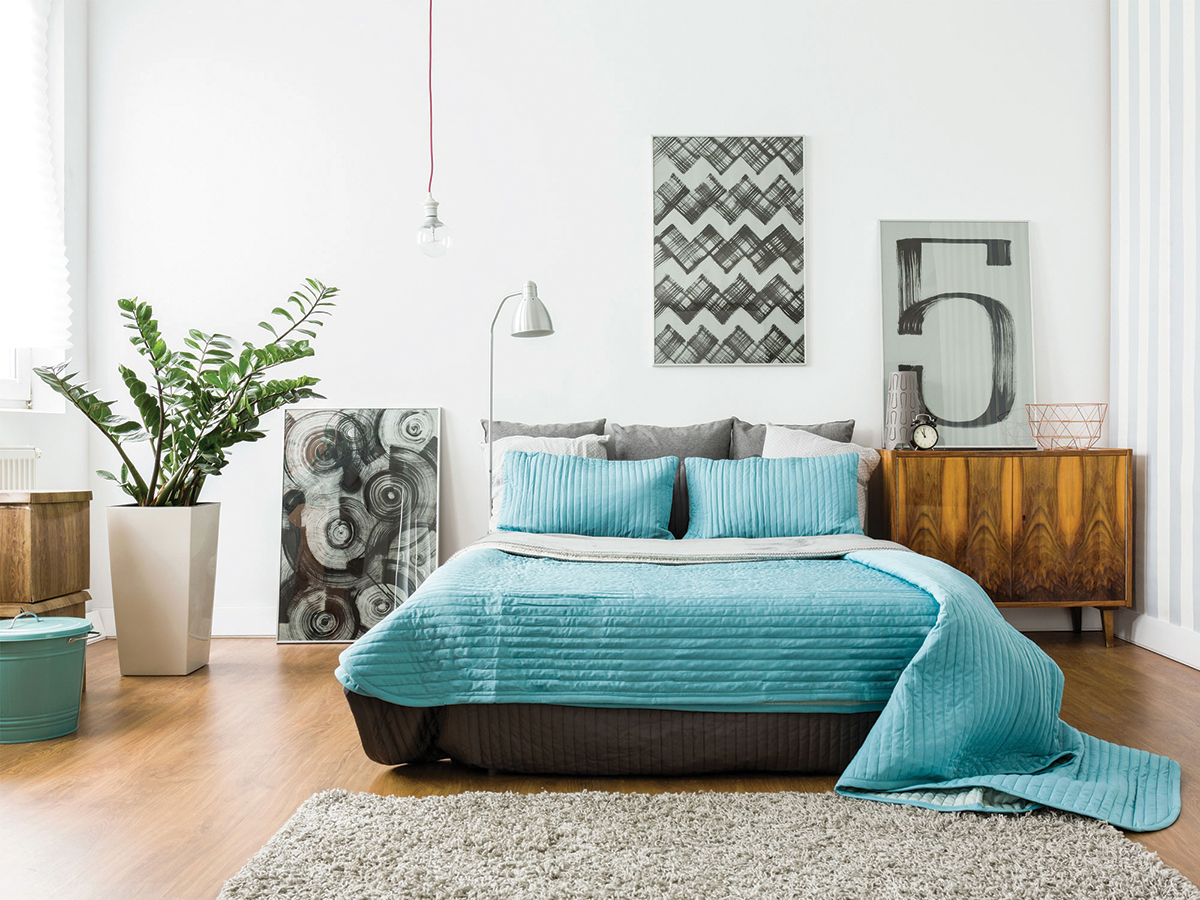
Image credit: Pergo
Also popular for bedrooms is concrete screed. More than just a cost-efficient flooring material, screeded concrete is capable of bestowing a bedroom with an edgy touch that belies its smooth surface. And just like their hardwood counterpart, minimal upkeep is required for concrete screed floors. If yours is properly sealed, all that is required to get it squeaky clean is a simple once-over with a damp mop. Afraid that things will end up looking too cold? Add some warmth with the help of wood tones and plush bedding.
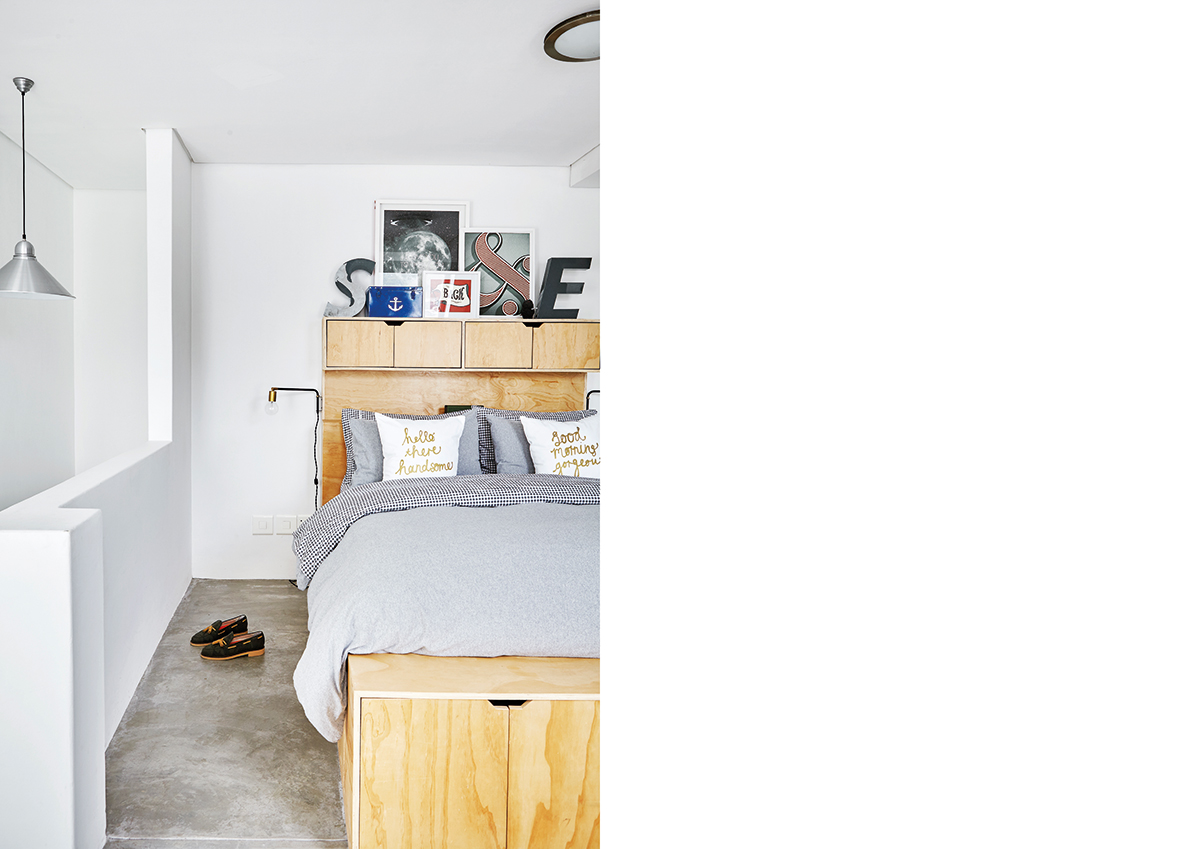
Image credit: Bureaux
Kitchen: engineered wood and porcelain tiles
Although hardwood floors are purely made of solid wood, their engineered cousins come with a solid timber core and a genuine woodgrained veneer that makes them near-indistinguishable from the real McCoy. But more importantly, this unique construction brings with it enhanced sturdiness and higher moisture tolerance – two advantages that make engineered wood a great choice for hardworking kitchens.
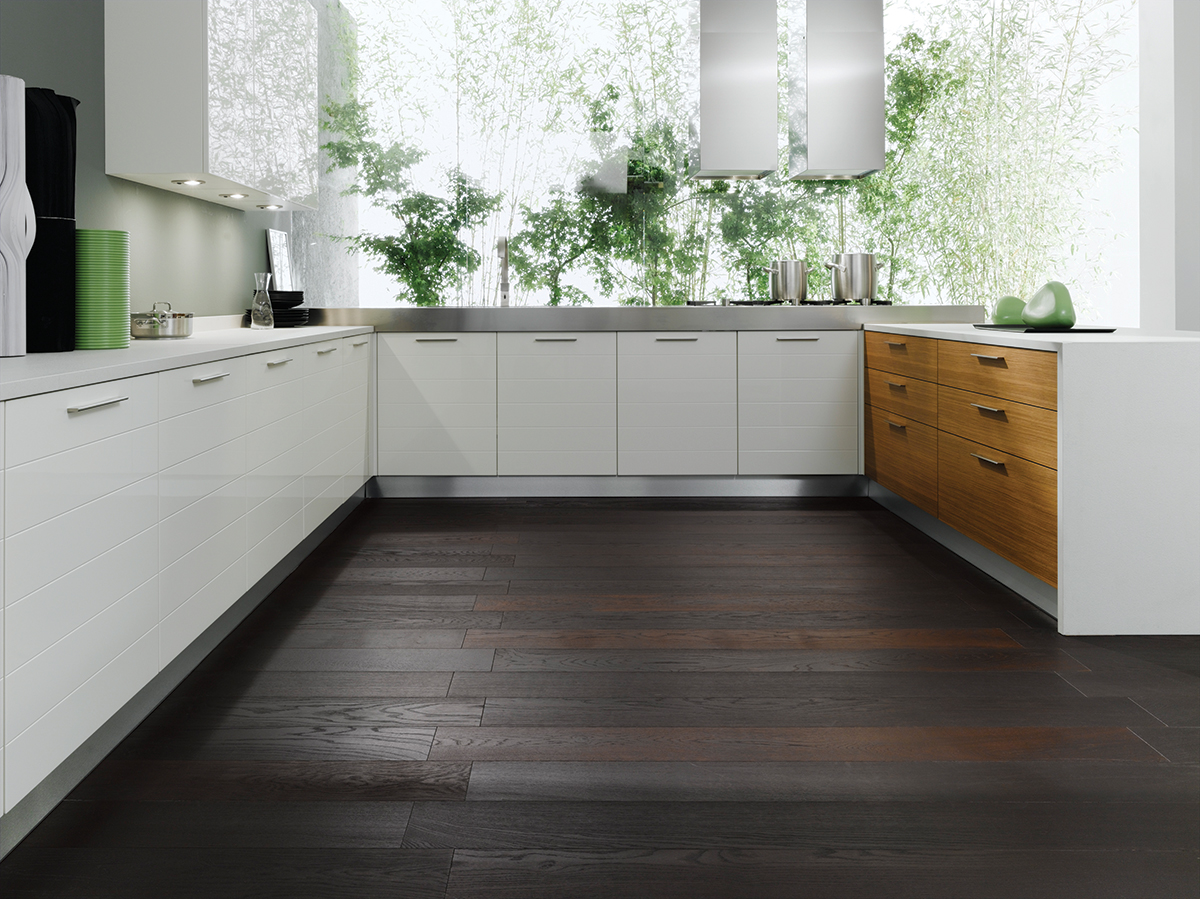
Image credit: Urbane Living
Another practical surface is porcelain tiles. Solid and dense, porcelain tiles possess an impermeable surface that prevents any liquid from passing through. Accordingly, this characteristic makes them suitable for not just kitchens but also bathrooms, which are both high-moisture environments. One thing to note, however, the grout lines between individual tiles have to be properly sealed and maintained as they are not impervious to water.
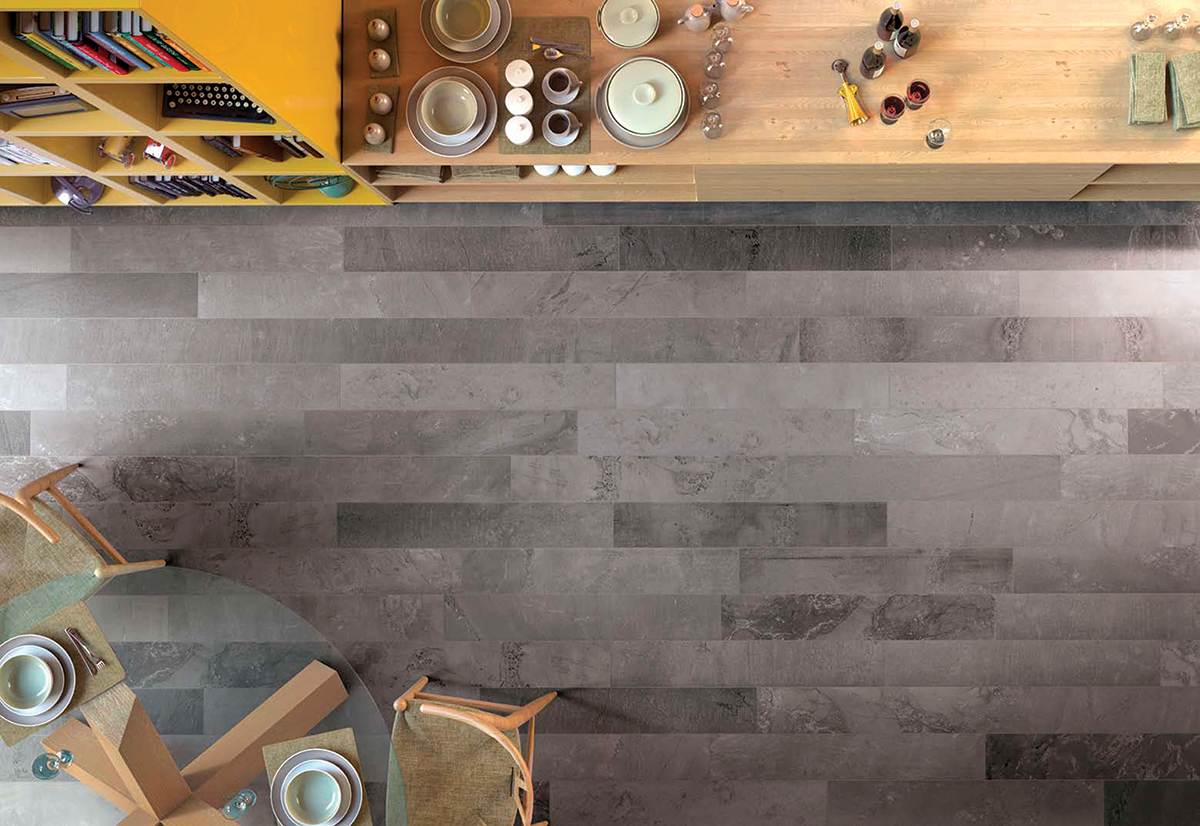
Image credit: Hafary
Bathroom: vinyl and ceramic tiles
Embodying the best of both worlds, vinyl flooring is a versatile choice that is both durable and cost-effective. Even though its water-resistant surface makes vinyl flooring suitable for usage in bathrooms, it can too be used in almost any part of the home from the kitchen to the living room as it is available in various forms including interlocking planks, tiles and even adhesive sheets.
In their unglazed form, ceramic tiles are porous and that makes them unsuitable for use in high-moisture environments unless they are properly sealed. However, their glazed opposites tell a much different story as a protective surface of melted glass is applied during the manufacturing process. This very same veneer also allows various patterns and shapes to be printed on glazed ceramic tiles, thus lending them flexibility in both form and function.
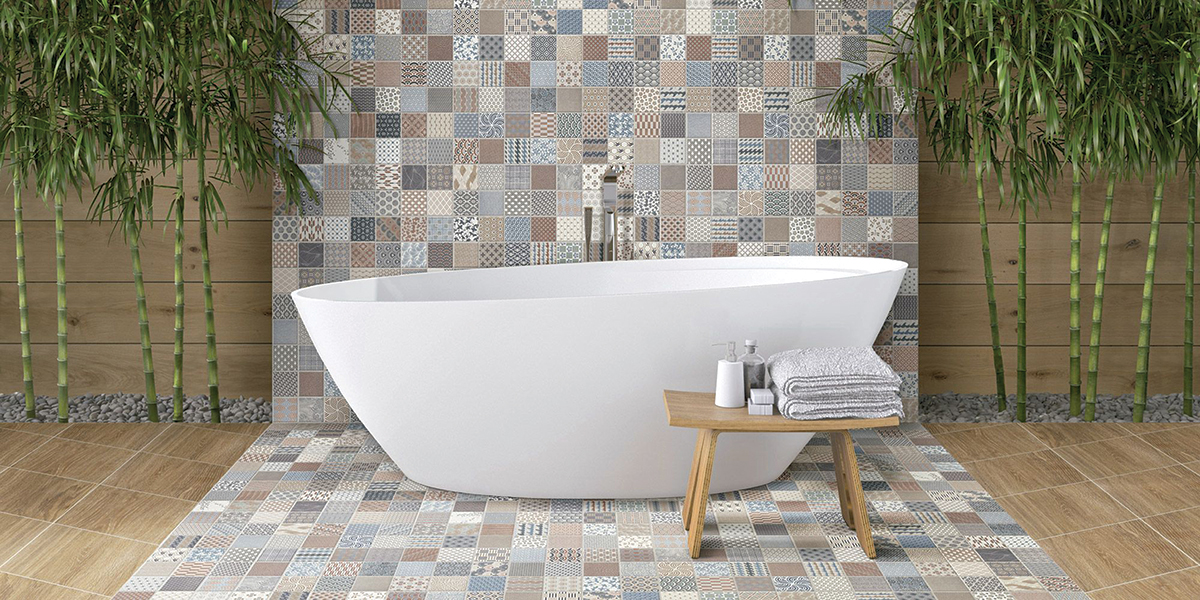
Image credit: Hafary
This was adapted from an article originally published in the September 2017 issue of SquareRooms



